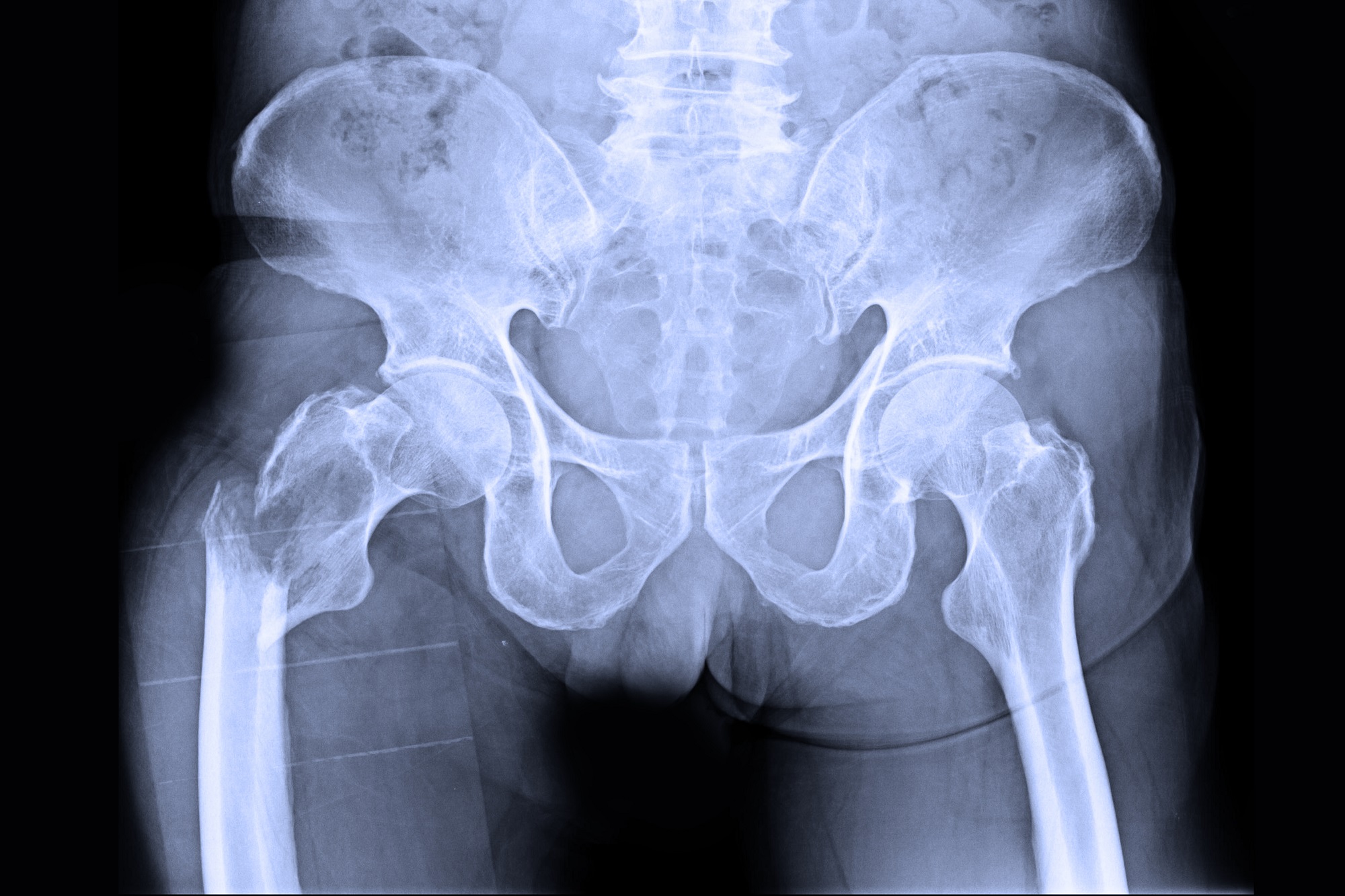

The ICD-9 diagnosis codes used for vertebral fracture were 733.13 (pathologic) and 805.0, 805.2, 805.4 and 805.8 (non-pathologic) ICD-9 codes for hip fractures were 733.14 (pathologic) and 820.0, 820.2 and 820.8 (non-pathologic). We identified individuals with a new fracture of the spine or hip following a 12-month “clean” period during which there were no fracture diagnoses of these types. We identified Medicare beneficiaries who were ≥ 65 years of age, had Medicare A+B coverage, were not HMO enrollees, lived in the U.S., and were included in a 5% random sample. We further hypothesized that persons with more than one type of fracture might have a greater likelihood of having a malignancy than those with only a single fracture.Īfter local institutional review board approval and Data Use Agreements (DUA) put in place with the Center for Medicare and Medicaid Services (CMS), we obtained Medicare claims data from the Chronic Condition Warehouse (CCW) data for the years 1999-2005. We hypothesized that persons with a diagnosis of a pathologic fracture of the spine or hip would be more likely to have evidence of a malignancy than those without diagnoses of pathologic fractures. Using administrative claims data from older Americans enrolled in Medicare, we evaluated pathologic and non-pathologic fractures of the vertebrae and hip to determine the proportion of persons with evidence of a malignancy. For that reason, epidemiologic studies, particularly those using administrative databases, that exclude pathologic fractures without explicitly confirming that a cancer metastatic to bone or a localized disorder of bone is present, may substantially underestimate the burden of osteoporotic fractures. In fact, based on these definitions, the “disease” or underlying cause of a fracture may be osteoporosis. Thus, the administrative data that results from these reimbursement claims yields a definition of a pathologic fracture does not require the presence of a malignancy, infection or other local process.
#PATHOLOGICAL FRACTURE DUE TO OSTEOPOROSIS ICD 10 MANUAL#
used by physicians who are submitting claims for reimbursement for fracture management, where a pathologic fracture is defined by the American Hospital Association coding manual as a “break in a diseased bone due to weakening of bone structure by pathologic processes without identifiable trauma”, although may sometimes follow minor or slight trauma ( 4). This definition is nearly identical to the definition in the U.S. However, a dictionary definition of a pathologic fracture is “a fracture of a bone weakened by disease” ( 3).

Accordingly, these fractures should be excluded in studies of osteoporotic fractures. Although the rationale for this exclusion is often not explicitly given, nor the criteria for what constitutes a pathologic fracture identified, the implication is that a pathologic fracture is due to a localized process such as a malignancy or infection and is not related to osteoporosis. Many studies of the epidemiology and outcomes associated with osteoporotic fracture exclude pathologic fractures ( 1, 2).


 0 kommentar(er)
0 kommentar(er)
